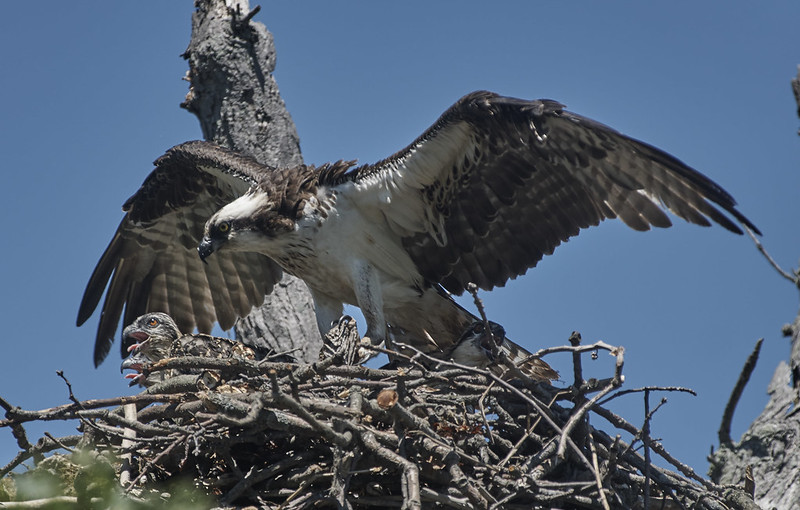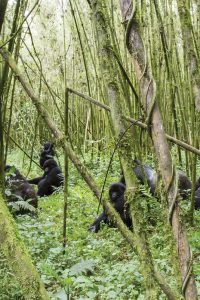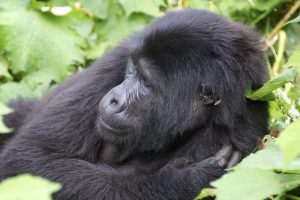The Wildlife Day in Uganda
Overview
The Wildlife Day in Uganda. World Wildlife Day is observed globally on March 3rd, a day dedicated to raising awareness about the protection of wild animals and plants. In Uganda, a country blessed with rich biodiversity and renowned for its wildlife, this day holds special significance. It is a time to reflect on the country’s incredible natural heritage, promote conservation efforts, and celebrate the crucial role wildlife plays in tourism and the economy.
The Importance of Uganda’s Wildlife
Uganda is home to a diverse array of ecosystems, including savannahs, forests, wetlands, and mountains. The country boasts an impressive variety of wildlife, including the famous Big Five—lions, elephants, buffalo, leopards, and rhinos—as well as mountain gorillas, chimpanzees, and numerous bird species. These species make Uganda one of the top safari destinations in Africa and a hub for conservation efforts.
Uganda’s national parks and wildlife reserves, such as Queen Elizabeth National Park, Bwindi Impenetrable National Park, and Murchison Falls National Park, are havens for wildlife enthusiasts. Conservation of these ecosystems is critical for ensuring that future generations can continue to experience Uganda’s natural wonders.
Why Wildlife Day Matters in Uganda
Wildlife Day in Uganda is more than just an event—it’s a call to action. The day provides an opportunity to raise awareness about the importance of wildlife conservation and the threats posed by human activity, including poaching, habitat loss, and climate change. Uganda’s wildlife is a source of national pride, economic growth, and ecological balance, and preserving it is vital.
Key Focus Areas on Wildlife Day:
- Conservation Awareness: Wildlife Day shines a spotlight on the ongoing efforts to protect endangered species, such as the mountain gorillas in Bwindi and Mgahinga and rhinos in Ziwa Rhino Sanctuary. Many conservation organizations in Uganda work tirelessly to protect these species from extinction through anti-poaching initiatives, habitat preservation, and community education.
- Community Engagement: Local communities are crucial to wildlife conservation. Many live near national parks and are directly affected by wildlife conservation policies. Wildlife Day promotes community engagement programs, encouraging locals to actively participate in protecting wildlife while benefiting from eco-tourism.
- Eco-Tourism Promotion: Uganda’s tourism industry thrives on its wildlife, particularly its national parks. Wildlife Day is also an occasion to showcase how sustainable eco-tourism can generate revenue, create jobs, and foster environmental stewardship, thus contributing to the local economy.
Celebrations and Activities on Wildlife Day
Every year, Uganda holds various events to commemorate Wildlife Day, often organized by the Uganda Wildlife Authority (UWA) and other conservation bodies. These events are designed to engage the public, conservationists, and wildlife enthusiasts, with activities ranging from educational campaigns to hands-on conservation efforts.
Common Activities Include:
- Wildlife Education Campaigns: Schools, universities, and local communities participate in seminars, workshops, and presentations that highlight the importance of wildlife conservation and educate young people on their role in protecting Uganda’s biodiversity.
- Wildlife Safaris and Conservation Tours: On Wildlife Day, some parks and reserves offer discounted rates or special packages to encourage both locals and tourists to explore Uganda’s national parks and observe wildlife in their natural habitat.
- Tree Planting Initiatives: Habitat loss is one of the biggest threats to wildlife. Tree planting events on Wildlife Day help restore degraded ecosystems, providing shelter and food for many species.
- Anti-Poaching Campaigns: Wildlife Day is also a time to reinforce the fight against poaching and illegal wildlife trade. Public discussions, exhibitions, and campaigns often focus on the importance of protecting Uganda’s wildlife from these illegal activities.
Challenges in Wildlife Conservation in Uganda
While Wildlife Day brings attention to the beauty and importance of Uganda’s wildlife, it also highlights the challenges that still remain.
1. Poaching: Despite stringent laws and protective measures, poaching remains a significant threat, particularly for species such as elephants and rhinos, targeted for their tusks and horns.
2. Human-Wildlife Conflict: As human populations expand, conflicts between people and wildlife increase. Wildlife encroachment on farmland can lead to the destruction of crops and endanger both humans and animals.
3. Climate Change: Changing climate patterns have had an impact on ecosystems, leading to shifts in animal behavior and migration patterns, which can disrupt local biodiversity.
How You Can Participate
On Uganda’s Wildlife Day, there are many ways to get involved, whether you are a resident or a visitor:
- Visit a National Park: Supporting Uganda’s eco-tourism industry by visiting national parks not only contributes to the conservation efforts but also helps local communities that rely on tourism.
- Support Conservation Organizations: Consider donating to or volunteering with organizations that work on the front lines of wildlife protection in Uganda, such as the Uganda Wildlife Authority or the Gorilla Doctors.
- Spread Awareness: Use social media or other platforms to share information about Uganda’s wildlife and conservation efforts. The more people who are aware, the stronger the movement for protecting these invaluable resources.
Conclusion
Wildlife Day in Uganda is not just a celebration of the country’s rich biodiversity but a reminder of the critical need to protect and conserve it for future generations. As Uganda continues to grow as a top destination for wildlife tourism, its efforts in conservation are crucial to preserving its natural heritage. Whether through awareness campaigns, visiting national parks, or supporting conservation initiatives, Wildlife Day is a powerful platform to reinforce the importance of sustainable wildlife protection in Uganda.




